The status of Elgin as a city or town has been as colourful and chequered through the centuries as Dandy Lion’s clothing.
Officially, Moray’s largest settlement and administrative centre is recognised as a town by the Scottish Government.
However, many in the community insist in calling Elgin a city to this day, despite it being overlooked as part of an official bid in 2022.
Indeed, signs on the major entrances to the town/city by road described it as a “historic cathedral city”, which seems to make it pretty clear.
But when you dig closer, you realise Moray’s capital (city?) does not have its historic status recognised by government today – and then you notice Elgin Town Hall next to the A96.
We decided to investigate whether Elgin can already claim the city title or whether it is in fact a town.
Elgin’s historic claim to city status
Historically, Elgin was a popular residence for Scots royalty with its cathedral, known as the Lantern of the North at the time, being an important seat of learning.
King David I is said to have enjoyed the local hospitality so much that he bestowed Royal Burgh status on the community in the 12th Century.
This dusty charter is the source of confusion due to the term “city” not being used at the time.
Instead, the presence of cathedrals became a sort of unofficial form of deciding which communities were in the upper echelons of Scottish life.
However, this became confusing. While local centres of power like Elgin and Brechin claimed city status, the likes of Dornoch did not, despite the town of just 1,400 people also having a cathedral.
Officially, Scotland had no cities until the 1890s. Aberdeen, Edinburgh and Glasgow were accepted as cities at the time with Dundee later joining them.
However, doubt persisted about the city status of others, including Elgin, Inverness and Perth who all used the title.
That was seemingly resolved in 1975 when a reorganisation of local government recognised only Aberdeen, Edinburgh, Dundee and Glasgow as cities – shunning the rest.
Today the approval of city status remains with the monarch with Inverness being designated as part of the millennium celebrations, Stirling was next in 2002 as part of the Queen’s golden jubilee and Perth following a decade later as part of the diamond jubilee.
So, there we have it. Elgin is not a city after all. If only it was that simple….
Elgin’s historic fight for city status
The argument over whether Elgin is a city was a fiercely contested topic as far back as the 1850s.
The Forres Elgin and Nairn Gazette reported in 1858 that the town council of the time had decided to revert back to using the ancient style of “City of Elgin” in all official documentation.
There are only a few sentences in the report held in the archives of Elgin Library but it appears as though a great debate had taken place in advance.
Indeed, after declaring the return of the City of Elgin, one of the council’s first decisions was to grant freedom of the city to a Dr Henderson, from St Helens, who had “shown and taken a deep interest in elucidating the question”.
It appears as though the claim was centered on the town council’s use of the term “lord provost” for its elected civic leader.
All councils may have a convener or provost today, but the title lord provost is reserved for cities.
Aberdeen and Inverness still use the title but it stopped in Elgin in 1975 when the old Burgh Council was disbanded. Today Moray Council has a “civic leader”, which changed from “convener” as recently as 2022.
You can still see the old lamps that signified where the last provost of Elgin lived. Historically they were moved to the home of the incumbant, the last of which was Donald McLeman McIntosh.
He lived at Fern Hurst, which is on the A96 across from the Maryhill medical practice and the lamps carrying the city coat of arms are still there today.
In 1861 the same newspaper reported receiving a stash of letters from a Captain Dunbar dating to the 17th Century addressed to the lord provost – describing them as “additional proof” of Elgin’s city status.
The claim was never officially ratified by either the Lord Lyon of Convention of Royal Burghs, not that it seemed to bother Elgin Burgh Council, which was also known as the Town Council, who continued to use the title until it was disbanded in 1975.
The book Elgin Past and Present, written by Lachlan Mackintosh and published in 1891, further confirmed the view of local leaders – quoting the Lord Commissioners of Her Majesty’s Treasury in 1296 which listed “City of Elgin – a good castle and a good town.”
The writer wrote: “It is thus seen our claim is not a trumped up one begotten of vanity.
“It is from a good Scotch determination to have our own and to keep what is our own.”
When local football teams Rovers and Vale of Lossie merged in 1893 the new club was christened Elgin City.
When did Elgin stop being a city?
Despite the certainty of local leaders in the late 19th century, Elgin’s position as a city remained in doubt through the 20th Century.
The Elgin Courant, in 1912, reported doubts from the Scotland Office at the time about the claim.
However, the Northern Scot reported in 1932 that the Home Office had confirmed the town council was entitled to have a lord provost – and therefore city status.
The newspaper reported the confirmation would settle the ancient dispute that had been a “bothersome bee in the bonnet” of many while attracting “jealousy” from others.
It was conceded that it was “absurd” to have a city of just 8,000 residents but said it was a “matter of history”.
It added: “Elgin was also the centre of a flourishing trade, according to the old chronicles, and of considerable importance. Those days are gone.
“Unknown Glasgow has grown out of its handful of mud huts while the capital of Moray has remained merely a pleasant rural community.
“But it would be unfair to rob Elgin of its civic inheritance just because for geographic reasons it has failed to expand.
“It was a royal city when some of the larger Scottish towns of today were mere hamlets, and a city it will remain.”
Is Elgin a 21st Century city?
With a population of nearly 25,000 in 2016, Elgin would be the smallest of Scotland’s cities, significantly behind Stirling’s 37,000 people.
According to the National Records of Scotland, it was the 31st largest settlement in 2020 behind the likes of Dumfries, Wishaw and Newton Mearns.
However, the community is expanding rapidly with about another 5,000 homes planned in the coming years.
Meanwhile, the settlement can boast being the administrative heart of a council area.
Students from across the country move to the area to study at the University of Highlands and Islands campus.
Whisky produced from its celebrated distilleries Glen Moray, Ben Riach and Linkwood are enjoyed by customers across the world.
Woolen mill Johnstons of Elgin ensures the community’s name is recognised across the globe on luxury cashmere products with a shop also in London’s prestigious Mayfair.
The local coat of arms is proudly worn by football team Elgin City with the city status also claimed by the community council and business improvement district.
And even the military recognised the claim when they christened one of the P-8 Poseidons based at RAF Lossiemouth as the City of Elgin.
Oh, and did we mention the cathedral?
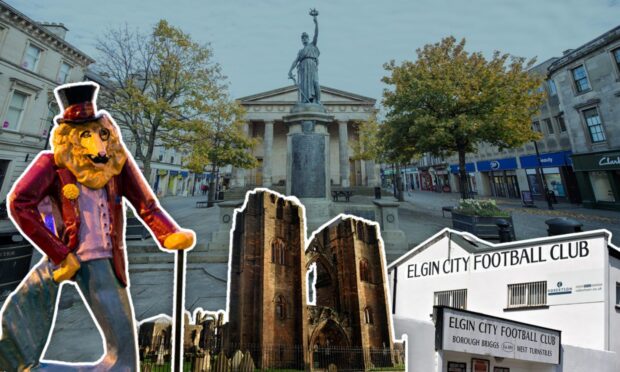
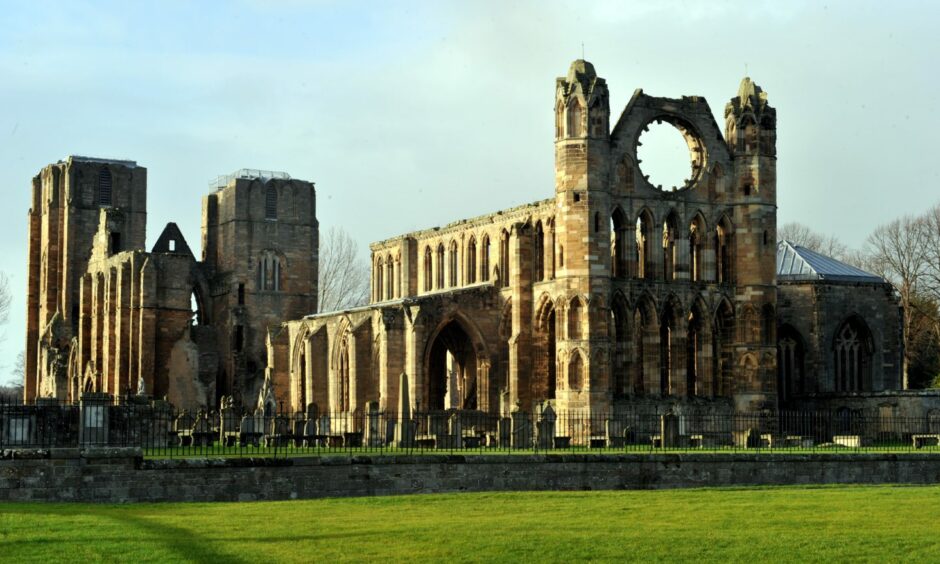
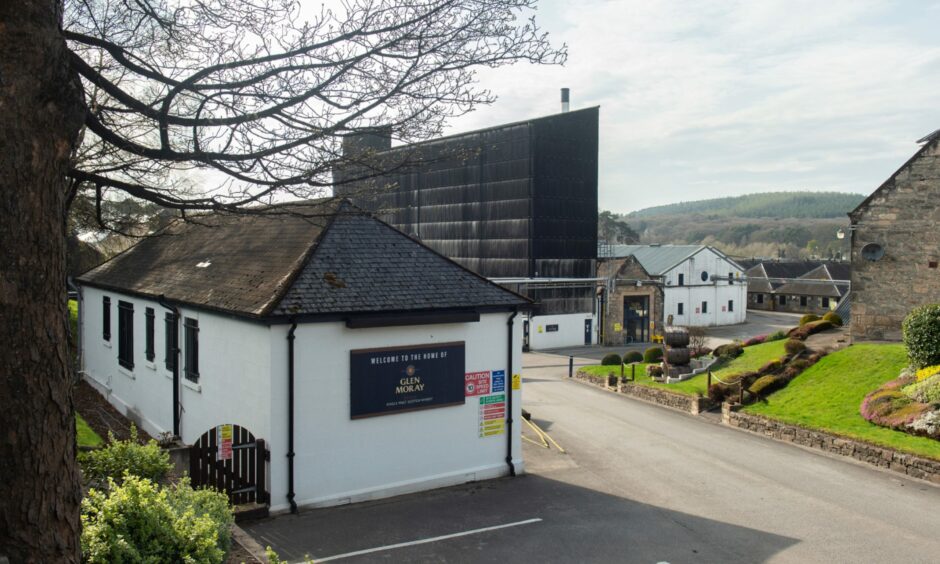
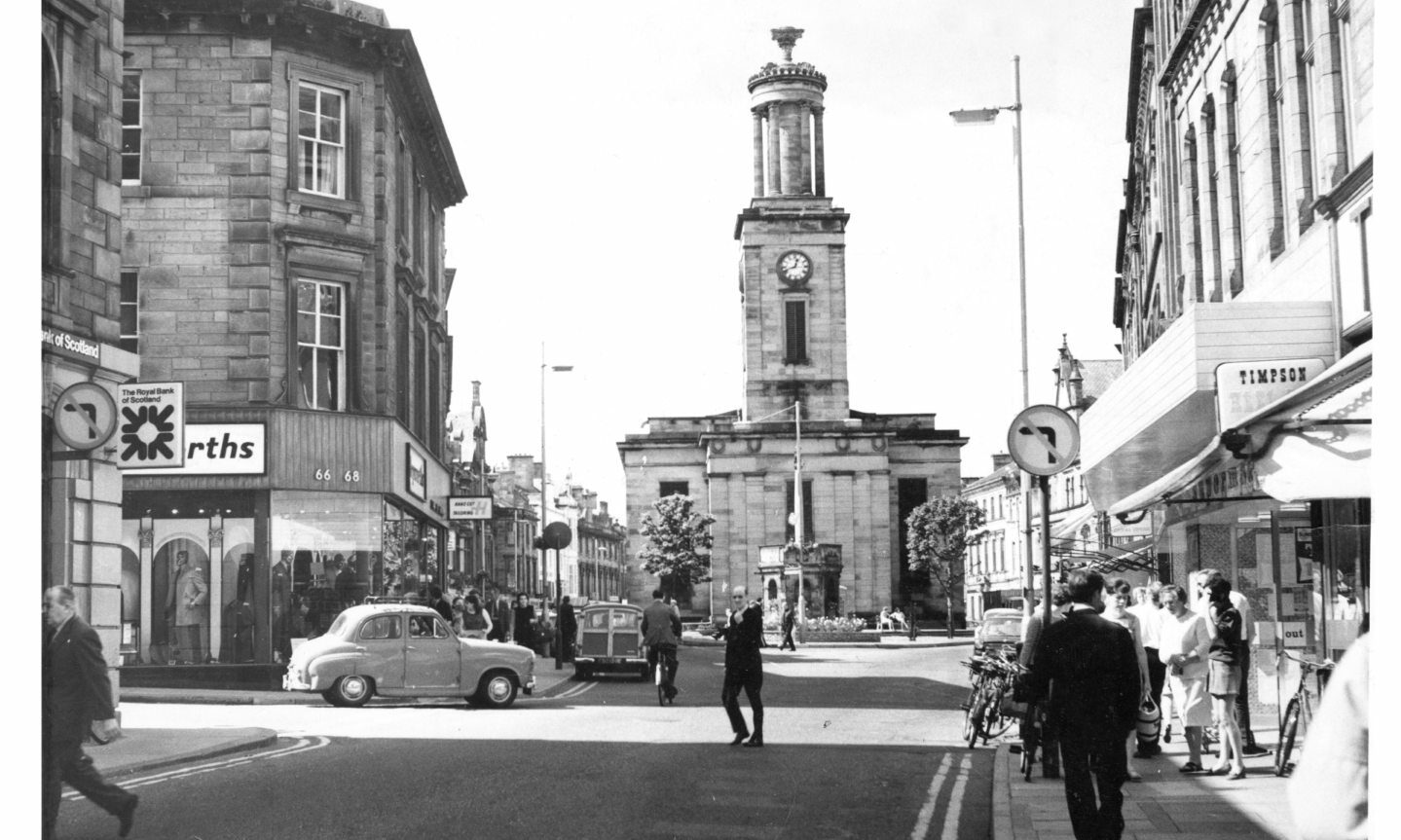
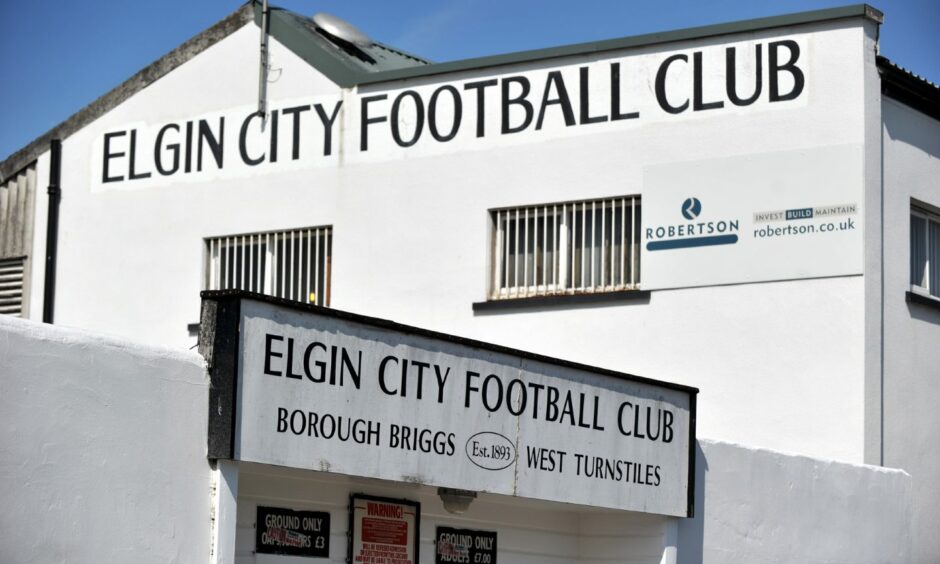
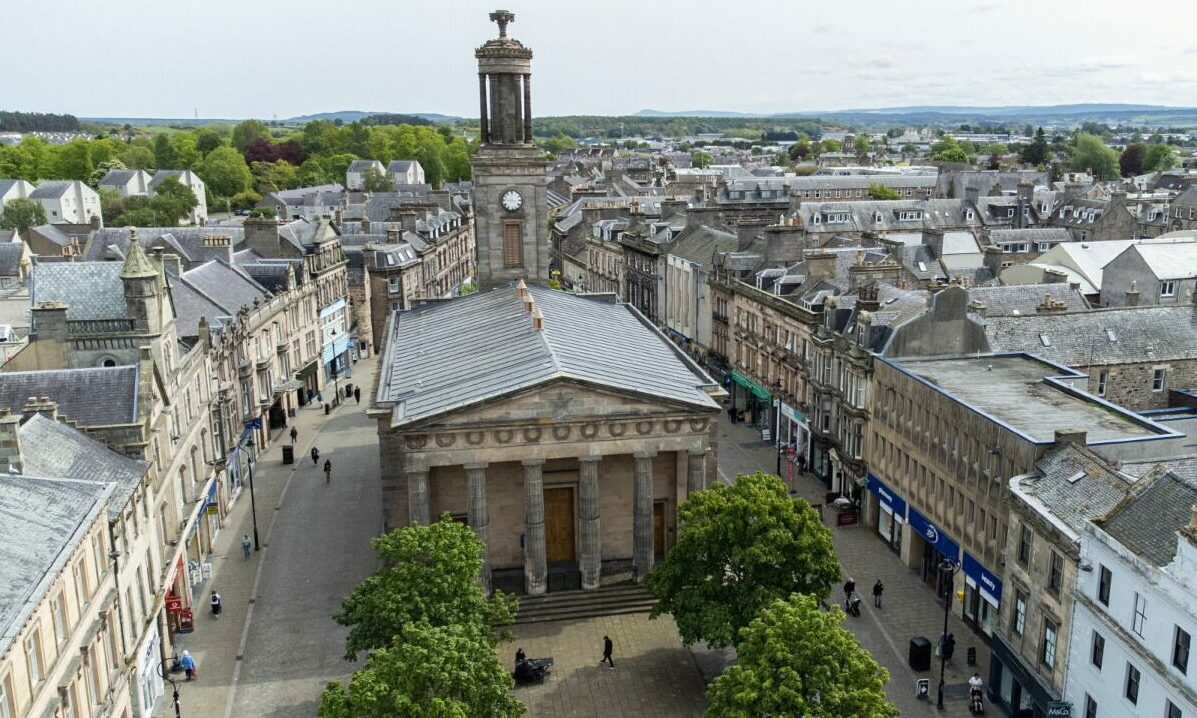
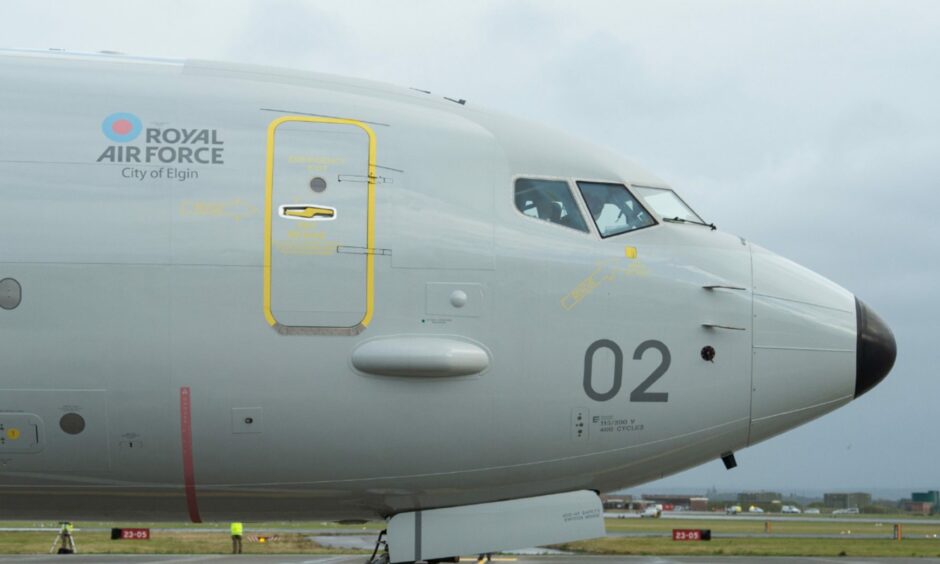
Conversation